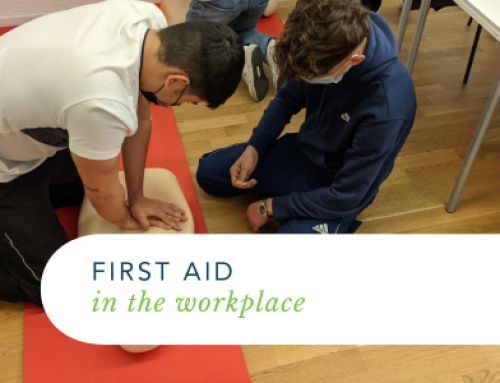As the market moves to take significant steps toward globalization, changes involving workplace and occupational health and safety cannot be ignored. Success in the safety field requires a commitment to continuous learning and development. Focusing on the importance of adapting to the ever-changing environment to grow and prosper.
Safety management aims at mitigating the risks to an individual at the workplace through various methods like hazards analysis, risk assessment, and safety planning. Developing countries are exposed to more than 80% of global occupational hazards. These hazards are associated with risks that are likely to cause diseases, injuries, even fatalities to workers. Emerging economies driven by their workforce, will have to adapt to these changes as far as Health, Safety and Environmental aspects are concerned.
Various challenges need to be overcome and opportunities are to be taken as a gateway for enhancing the efficacy of occupational health & safety.
- Commitment and Leadership – Safety as a core value is what we must all continue striving for, so at the end of the working day, people go home safe. Businesses evolve around the goal of increasing profit and productivity. Most organisations fail to recognise the role of workplace safety in the equation. Stakeholders see investing in Emergency Management as a luxury rather than a necessity. Management should highlight the benefits of having safe working staff and a safe work environment. An organisation’s management should spearhead, demonstrate, and proactively recognise workplace health and safety as a core element that everyone should be aware of and practice on and offsite. A great network of people and dependable resources can make a significant difference.
- Systems and Infrastructures – Embracing technology offers endless possibilities for visualising work situations as well as evaluating, planning, and developing a business externally and internally. From the conception-design-engineering-construction and commissioning, safety must be integrated. Currently, we now have a vast range of materials, equipment, processes, and resources available for us to create a safe and conducive workspace. The power of technology can be harnessed to enable the effective implementation of many workplace safety initiatives. Consistent testing and improvement of these elements are recommended to make sure the workers (as well as other occupants and visitors) can identify and reduce any risk related injury. Poor quality of assets would only result in an increased probability of injuries and accidents.
- Compliance, Legislation and Standards – While penalties and fines are imposed to those organisations that are reported as failing to comply. A major catalyst for compliance was fear of penalties and or customers taking legal action. A majority of businesses throughout the country struggle to understand what their WHS obligations are as a product or service provider that capitalises on manpower, machinery, and technology. This results in most businesses not meeting these obligations and they will not act upon it unless an emergency happens and there is now a need to invest in it. As the rules and regulations keep changing over the years, opportunities also arise for having greater access to the safety industry and professional assistance to be compliant and safe. Stakeholders feel crippled on the complexity of what they are required to do, hence WHS professionals cater to this need so that businesses can focus more on their operations. Sourcing external assistance for emergency management would mean enabling a business to improve, assess, manage, train, and respond to any workplace risk/hazard.
- Continuous Awareness, Research and Training – The lack of understanding and awareness of occupational hazards will create higher rates of health and safety issues, increasing the risks. The best practices need to be disseminated on every level of the organisation. By having regular meetings and training, leading by example, and making sure the safety expectations are communicated effectively, the commitment to safety will increase at all levels of the organisation, This in return, will reward the workplace with a progressive and compliant space for all the occupants.
Creating an effective workplace, promoting health and safety culture is the gateway to accident and incident reduction. While the health and safety challenges change and increase, the need to stay within the budget, keep workers healthy and at work, while reducing company incidents, remains a recurring conundrum for every organisation.
Workplace Emergency Management assists businesses to promote safe workspaces by providing Emergency Plans, Diagrams, and regular training for your staff. Our team of highly qualified consultants have experience across all kinds of industries. Call us today at 02-8883-1694 for more info.
GET IN TOUCH
Are you ready for peace of mind that your workforce is as safe and prepared as possible?
With a dedicated team of staff ready to help you meet compliance requirements and improve the overall safety of your workplace, all you need to do is get in touch.
Request your free audit today!



